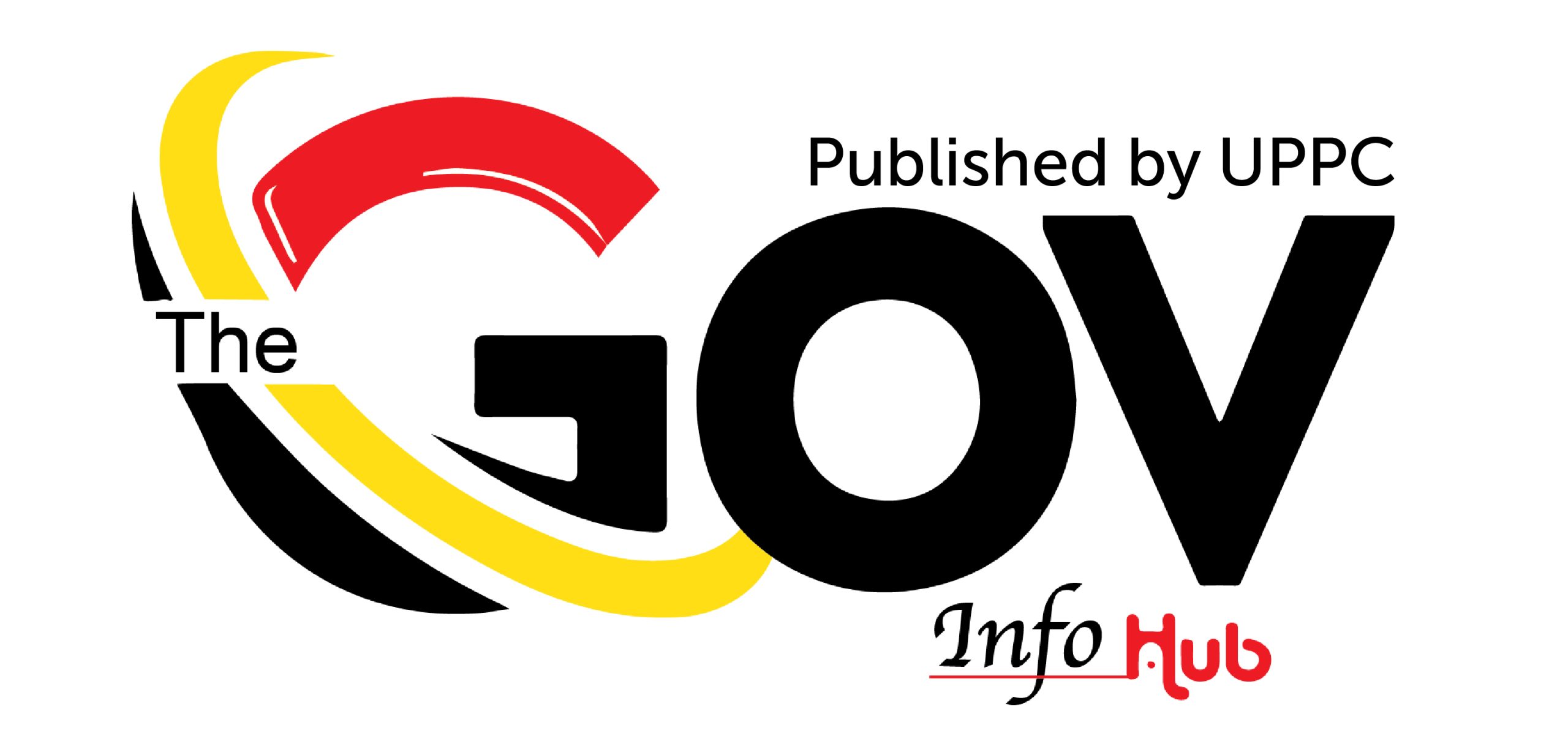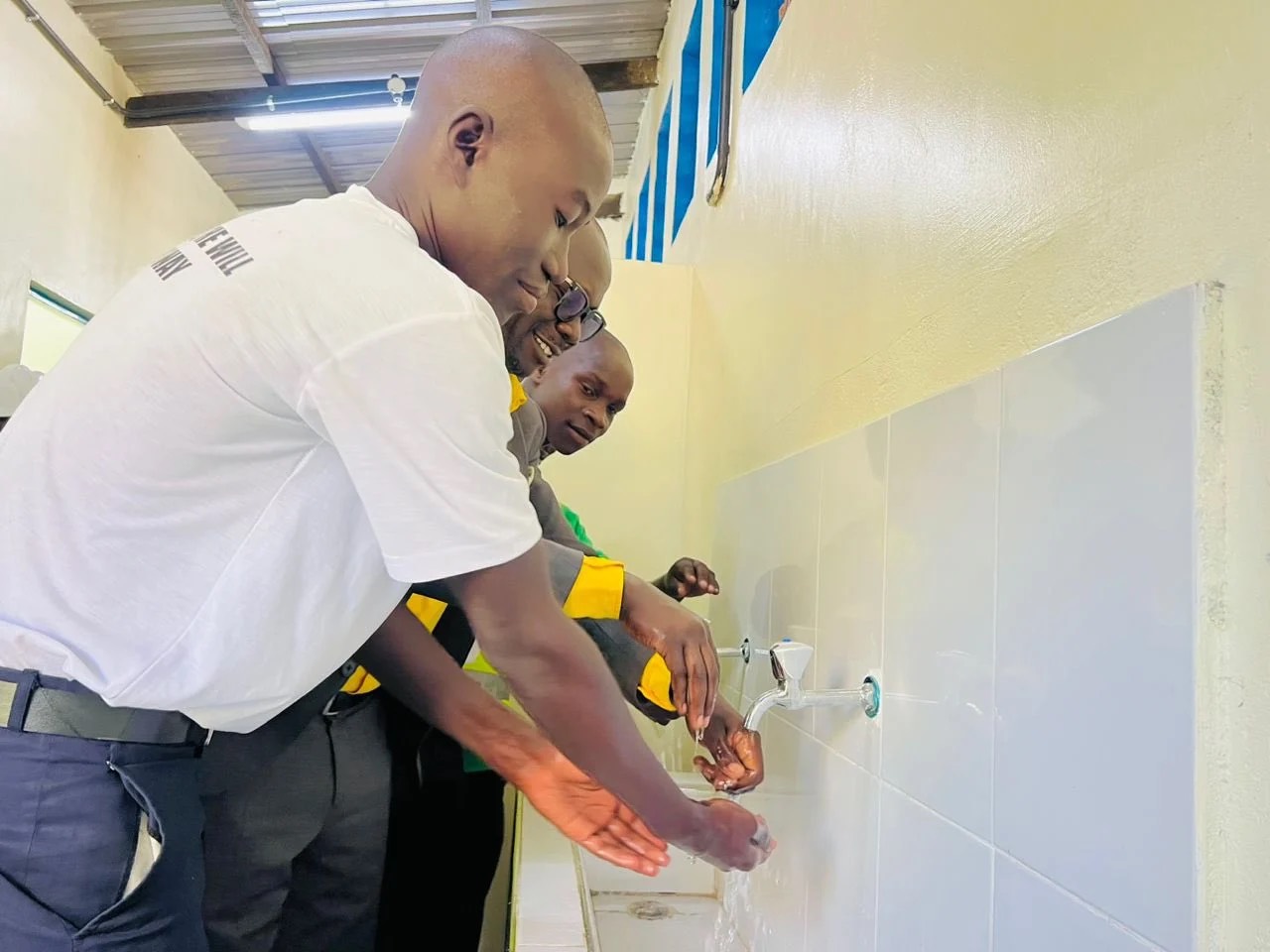Koboko Municipality is set to benefit from a major public health improvement following the handover of nine newly built sanitation facilities by the Ministry of Water and Environment.
Officially transferred on Thursday, February 6, 2025, these facilities aim to enhance hygiene standards in key public institutions, including schools, hospitals, and the bus park.
Funded by the World Bank, the project ensures better access to clean and safe sanitation, marking a milestone in the government’s broader efforts to improve urban sanitation across Uganda. Poor sanitation has long been a challenge in many urban areas, contributing to frequent disease outbreaks and a diminished quality of life.
By strategically placing these facilities in high-traffic locations, the project directly addresses these concerns and lays the foundation for healthier communities. Speaking at the handover ceremony, a ministry official emphasized the long-term impact of the initiative: “Our aim is to provide sustainable solutions that not only improve health but also uplift community well-being.”
The sanitation facilities in Koboko are part of the Integrated Water Management and Development Project (IWMDP), a World Bank-funded program designed to expand water supply and sanitation services, strengthen integrated water resource management, and improve the performance of service providers in targeted regions.
Beyond Koboko, the IWMDP includes the construction of comprehensive water supply and sanitation systems in multiple districts. These efforts are expected to benefit tens of thousands of people, with estimated beneficiaries including:
• 26,107 residents in Budaka
• 22,111 in Kadama
• 34,087 in Tirinyi
• 23,034 in Kibuku
In addition to the newly built sanitation facilities, the government is investing in better waste management systems. During the event, officials highlighted progress on the construction of a new Faecal Sludge Treatment Plant in Koboko Municipality.
Once completed, this facility is expected to significantly improve sanitation waste management and reduce the spread of waterborne diseases. Poor sanitation has long been associated with outbreaks of cholera, diarrhoea, and other preventable illnesses, particularly in densely populated areas where access to proper waste disposal is limited. By addressing these challenges, the new treatment plant will play a crucial role in safeguarding public health.
Earlier on the same day, the Ministry held its 12th site meeting for the Tirinyi, Kibuku, Kadama, and Budaka Water Supply and Sanitation Project at the Budaka District Campsite. The project is being implemented by China Railway No. 10, while Saman in JV Cheil Engineering, in association with AWE, is overseeing the construction.
The significance of this initiative extends beyond hygiene and disease prevention. Improved sanitation contributes to economic growth by creating healthier communities, reducing medical expenses, and fostering a more productive workforce.
In schools, access to clean sanitation facilities ensures that children—particularly girls—can attend class without disruption, leading to better educational outcomes. Similarly, in workplaces and public spaces, improved hygiene contributes to higher productivity and overall well-being.
With Uganda’s urban population growing rapidly, ensuring access to modern water and sanitation services is essential for preventing disease outbreaks and reducing public health burdens.
The World Bank’s investment in these projects highlights the international community’s support for Uganda’s efforts to develop resilient, self-sufficient urban centres. As these sanitation initiatives take effect, they are expected to set a new standard for urban development, promoting both public health and economic progress in Koboko and beyond.


